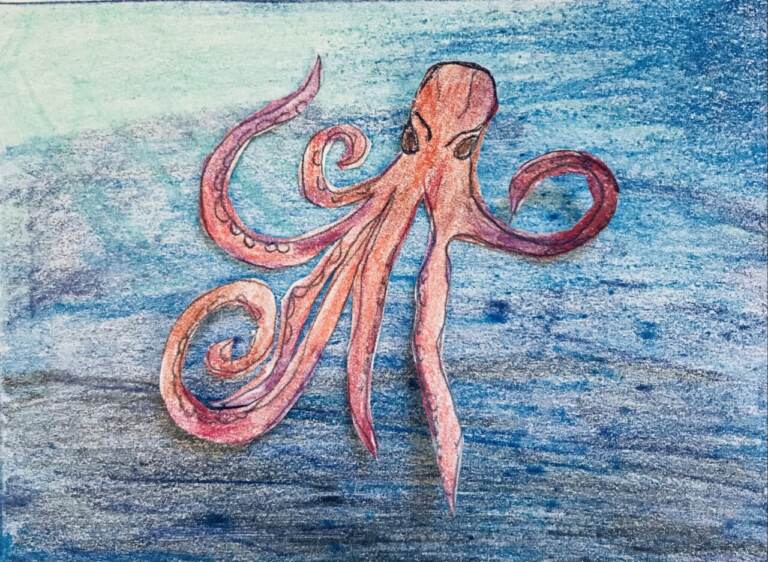The Bottom of the Sea
Listen 49:22
The bottom of the ocean seems like an unlikely place to be teeming with life — it’s dark, freezing cold, and subject to enormous pressure. And yet, in recent years, scientists have discovered that these depths are a rich ecosystem, boasting more species than you’d find just about anywhere else in the world. Most of the deep ocean remains unexplored, but we’re learning more about this mysterious place — including how its inhabitants have adapted to not only survive but thrive in such extreme conditions.
On this episode, we hear about some of the secrets that scientists are unlocking about the depths of the sea. We hear stories about some of the weirdest and most interesting creatures living deep in the ocean, one man’s epic battle against a very persistent predator, and the chase to uncover centuries-old shipwrecks.
Also heard on this week’s episode:
- We listen back to a conversation with marine biologist Erik Cordes— which we conducted when he was 1600 feet deep in a submersible named Alvin. Erik was studying deep-water coral reefs and explained what they can teach us about saving shallow-water reefs.
- We talk with science writer Sabrina Imbler about their book of essays, “How Far the Light Reaches: A Life in Ten Sea Creatures,” which takes a deep dive into bizarre and amazing sea life, from the octopus that spends four years brooding her eggs, to crabs that grow their own food.
- Daniel Stone, a senior editor for National Geographic, takes us into the murky world of shipwrecks — and the people who search for them. He explains why some shipwrecks last the test of time (and others don’t), what it takes to find a shipwreck, and the lost ships that treasure-hunters continue to seek. His book is “Sinkable: Obsession, the Deep Sea, and the Shipwreck of the Titanic.”
Segments from this episode
WHYY is your source for fact-based, in-depth journalism and information. As a nonprofit organization, we rely on financial support from readers like you. Please give today.






